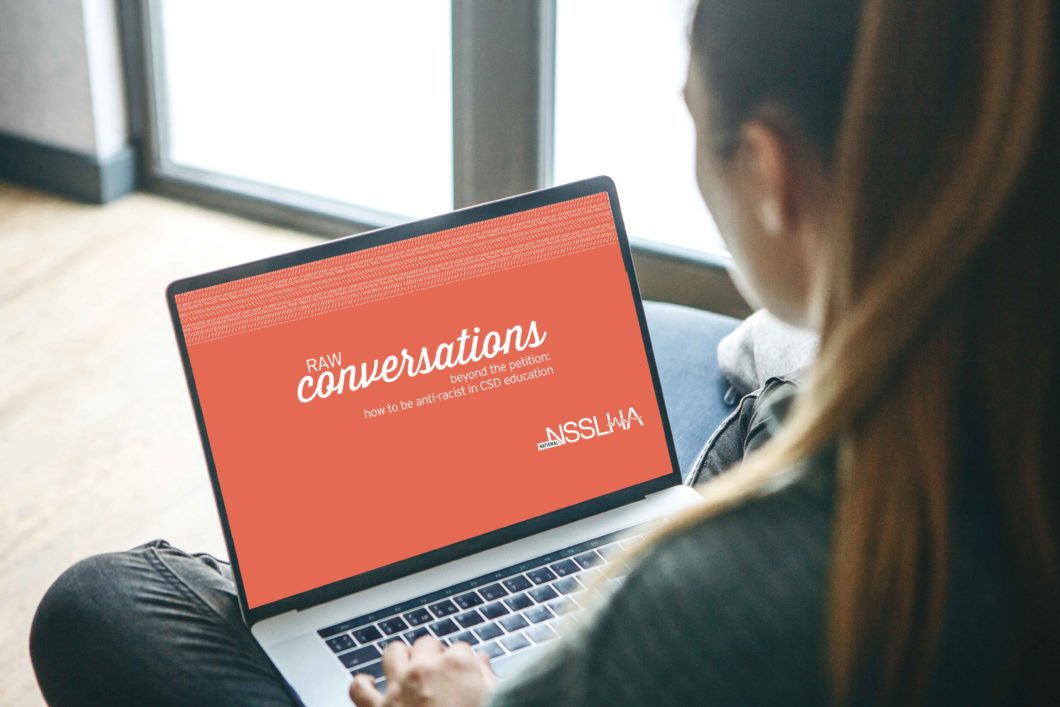Last week, National NSSLHA hosted the 2nd session in our Raw Conversations series: Beyond the Petition—How to be Anti-Racist in CSD Education. During this session, we facilitated an open discussion between CSD students and faculty on how to combat racism within CSD education, with case studies from the University of Cincinnati and the University of Oregon.
Insights from CSD Students
To watch this portion of the session, start at the 00:18:10 mark.
Have you had to initiative any conversations around the topic of racial bias?
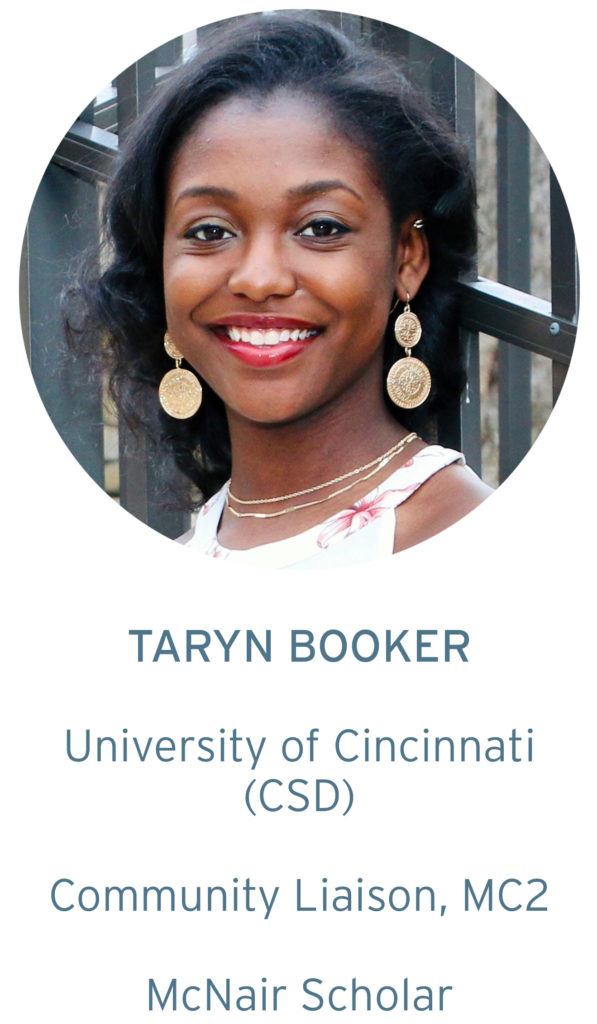
Taryn: I’ve been having a lot of conversations. I spoke with my Black and non-Black friends about how to be an ally and what the steps to being mindfully anti-racist could look like . . . how to accept thoughtful criticism and how to react when you hear buzz words that might make you feel defensive when you’re having conversations relating to race and racism.
We also talked a lot about mental health, when to step away from social media and the news when you’re feeling overwhelmed, and how to ease your way back into it.
Being an ally is something that you actively do, just like you are actively being anti-racist . . . the general spectrum of effort—not every act can be as grand, but it’s the steps in the effort that make it important. And being aware of performative activism as well.
Have you ever had to address an issue in your department when it comes to race between you and another student? If so, did your department take action?
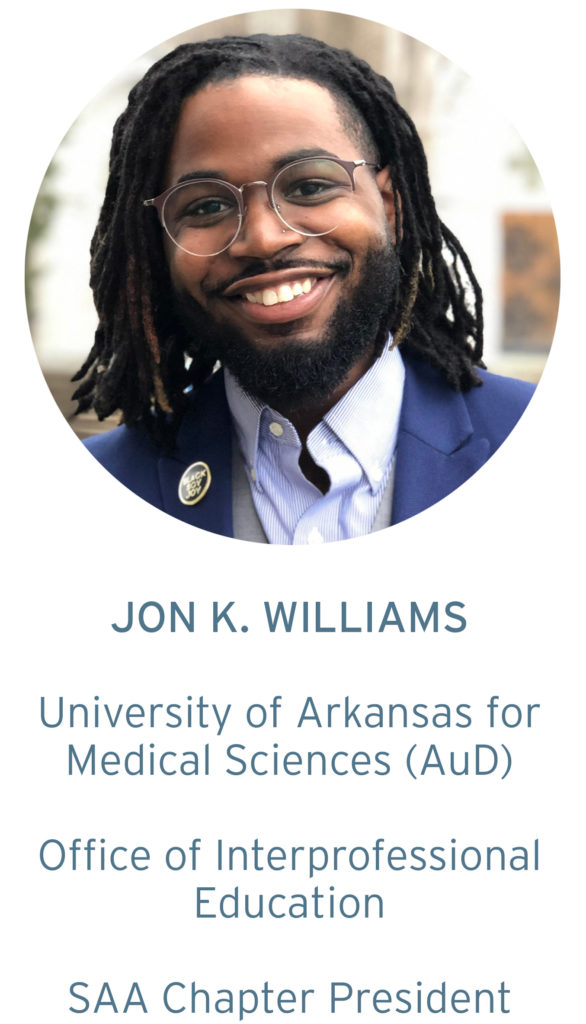
Jon: I have had to address an issue of racism. It wasn’t a direct attack on me. However, it was a direct attack on the Black community. Someone put an inflammatory comment on social media . . . which was very inappropriate, very disheartening because this person is someone I looked up to as a mentor.
I immediately took action, but also took some time to think for myself, because it was a very awkward situation. There was that feeling as though there would be some type of retaliation if I reported it.
However, I reported it to my dean and program director. We then formed a diversity, equity, and inclusion ad hoc committee for our department. We’re currently in the stages of planning and setting goals to improve the lives of incoming minority students and retaining the minority students that we currently have.
What would you like departments to provide when initiating conversations on anti-racism in CSD?
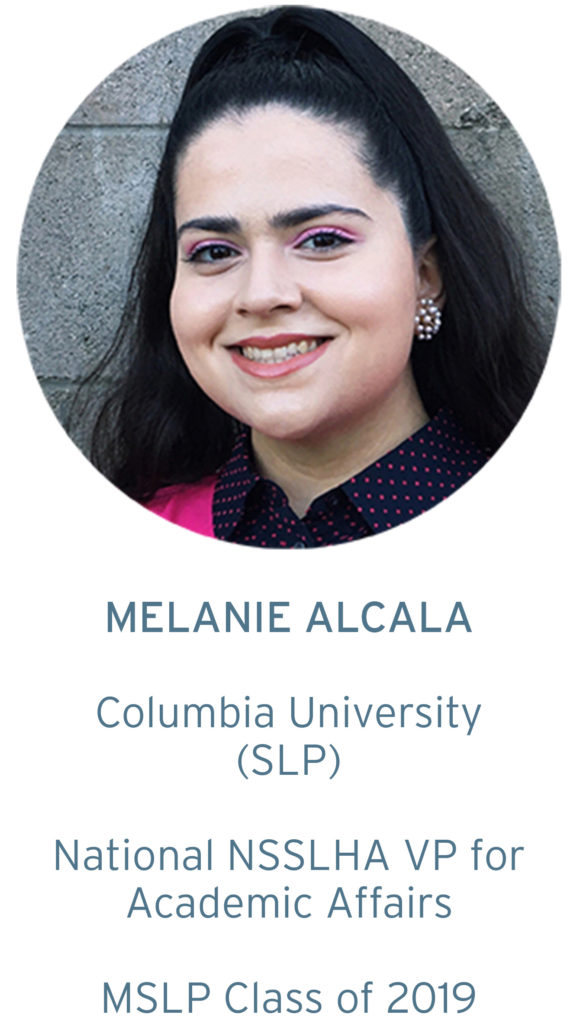
Melanie: First and foremost, I want to see departments taking the time to offer students the space and opportunity to talk to faculty—not as student-to-teacher, but as person-to-person—where a student is not necessarily worried about the power dynamic that is often at play.
Recently, when the Armenian community was hurting, one of the most meaningful messages a friend sent me was, “Melanie, I’m your friend. When you’re hurting, I’m hurting.” That really spoke volumes.
If we can lead with that mentality where there is no “me versus you,” but rather an “us” that brings the student body together, we’ve got it all. It’s this idea of showing up with the lack of experience but full of empathy. I’d love to see more of that reflected within our departments, especially within CSD where we are often service providers and advocates of many multicultural clients.
What does mentoring look like to you within your department?
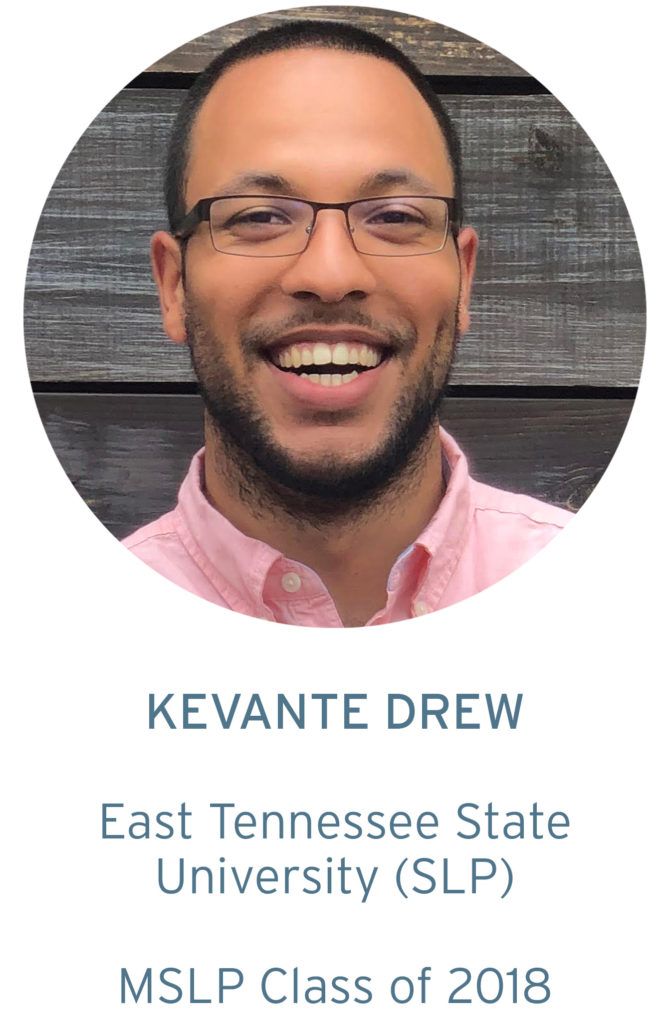
Kevante: I don’t have an official mentor, per se, in my department. Like Jon said, I have also adopted a mentor. I’m her graduate assistant, so we not only work together very closely, but she makes sure to always be an ally and check in with me frequently to see if there’s anything that she can do and anything that she can change.
As a first-year graduate student, you’re assigned a second-year student [to mentor]. So now that I’m in my second year, I have first years to look after. One of my buddies is a Black male. So, I’m very excited to guide him through the program from someone who has a more similar perspective on things and who probably experienced more of the same things.
Out of my department, I have ASHA’s S.T.E.P. mentoring program, where my mentor is a biracial male. So, we definitely are pretty aligned on most things.
Insights from CSD Faculty
To watch this portion of the session, start at the 00:42:43 mark.
If a student is facing a race-related issue with a faculty member, what’s your advice on how to best address the situation?
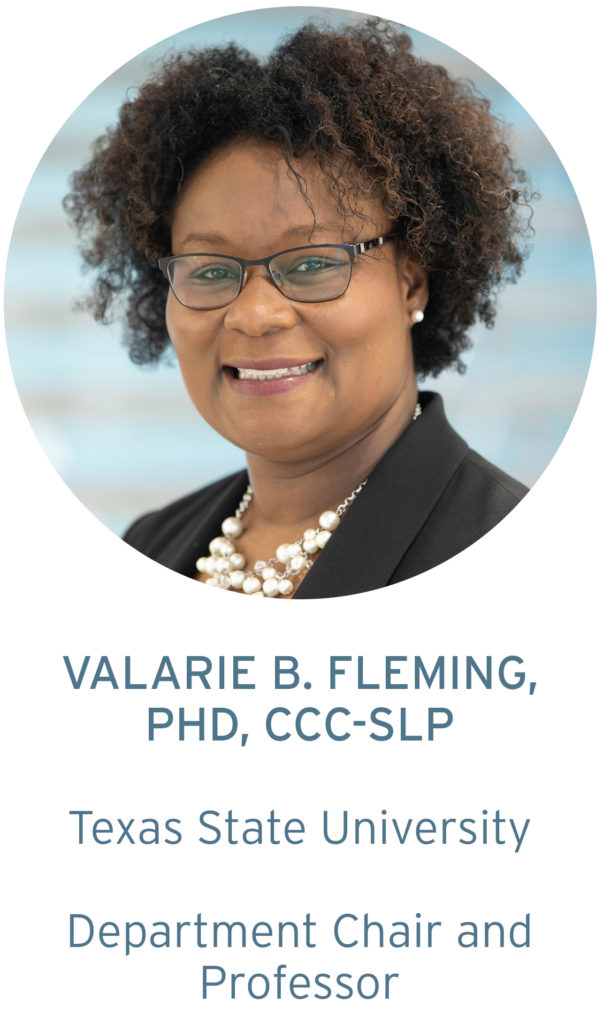
Dr. Fleming: Focusing on communication is really key. Sometimes, we—as humans—don’t do a really good job of communicating our intentions and what we really mean. So, we [as a department] try to normalize that collaborative relationship between faculty and students . . . because that’s how it is in the real world. You’re going to have to communicate with someone who might be your boss, but also those who are your peers and those who may have a position lower than yours.
There’s an expectation that if a student has a problem with a class interaction or clinic interaction, that they should talk to that faculty member. But if there’s not a satisfactory resolution, the student has the right to go up that chain of command. It’s important that they know they have someone who’s going to advocate with them at that next level—be it the graduate program coordinator, the clinic director, or even up to the chair.
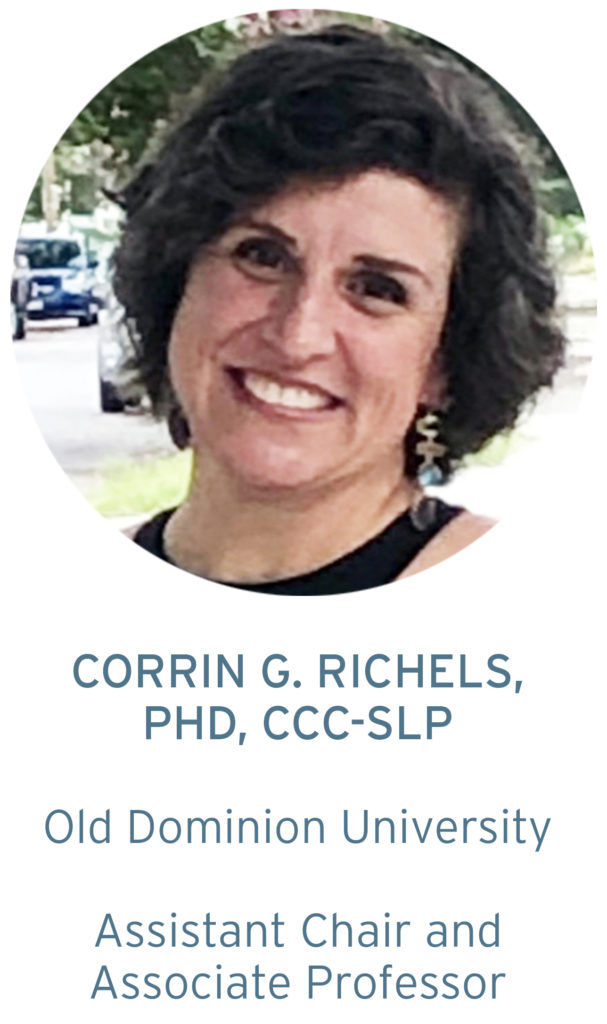
Dr. Richels: The first step is always to find a trusted faculty member . . . and it may not even be someone in your department. There are ways of figuring out who these people are—observation being the best. But many universities have Safe Space Ally Training and there are logos that faculty will display on their doors. That being said, if you don’t get satisfaction from the first person you talk to, keep going, because you have options. You do have power and it’s important that you be heard.
What would you say to a student who is fearful of retaliation from a faculty member when considering bringing up a race-related issue?
Dr. Fleming: Follow your instincts. Seek help from your program director or department chair. At the end of the day, we are the ones who are responsible to make sure the program and the department upholds the rules of the institution and the standards for accreditation. You, as a student, have the right to reach out to the Council on Academic Accreditation if you feel like program standards are not being met.
But if you’re fearful within your department, seek someone else on your campus to help you navigate the issue—diversity officers or ombudsmen. They’re responsible to ensure you have a safe learning environment.
How can students find mentors within CSD?
Dr. Fleming: There are lots of formal programs—ASHA has the S.T.E.P. [Student to Empowered Professional] mentoring program and the MARC [Mentoring Academic-Research Careers] program. NBASLH has one as well.
It’s actually quite easy to find a mentor. Faculty members are easy to flatter—just say something about their research or their clinical work and you have them hooked. Let them know you’re interested, especially if they’re there on your campus. If not, send an email and let them know you’re interested in their work. We are really easy to please.
Dr. Richels: There are many organizations and Special Interest Groups [SIGs] within ASHA that you may be able to find someone who you really connect with. Being part of National NSSLHA, you get an opportunity to see and meet people from around the country. I think that’s a really good place to start. One thing to really think about is . . . don’t necessarily count someone out because they don’t look like you. I understand that it’s a lot harder to build trust that way, but it is possible.
Case Study: University of Oregon
To watch this portion of the session, start at the 01:13:23 mark.
Next, Stephanie DeAnda, PhD, CCC-SLP, and Jennifer Meyer, CCC-SLP, from the University of Oregon, shared their CSD department’s anti-racism action plan—developed in reaction to a call for academia to go on strike and develop plans to encourage diversity in STEM.
As part of their plan, the University of Oregon’s CSD department indicated several initiatives to begin immediately, including (but not limited to):
- 100% faculty membership to local NAACP chapter
- An anti-racism pledge for faculty
- Admissions review—removing the GRE from the requirements
- Curriculum review—weaving cultural competence into all coursework
- Collaboration with Black student leaders to partner on related campus initiatives
The department’s priority was to develop a plan that wouldn’t just be a one-time action item, but rather a plan that would continuously move the CSD program forward.
Case Study: University of Cincinnati
To watch this portion of the session, start at the 01:27:17 mark.
Lastly, Jane Cox and Selma Tahat, undergraduate CSD students at the University of Cincinnati, shared info about their campus’ organization: Multicultural Concerns in CSD (MC2).
MC2 was developed to create a space for students to have conversations about diversity and cultural competence, with 3 primary focuses in mind:
- Spark conversation about diversity and cultural competence within CSD
- Be a platform for minority students, future colleagues, and clients to voice their stories and perspectives
- Identify injustice and prejudice within CSD
Jane’s advice, “We have to lead the way in these conversations so we can be change-makers. By doing things like actively striving towards cultural competence, we’ll be able to provide the highest quality of care to our future clients. We must be comfortable with uncomfortable conversations, so we don’t shy away from addressing challenging issues due to fear of making mistakes.”
Takeaways
As we’ve said before . . . the time for our BIPOC CSD students to confront race-related issues alone is over. We want all students to feel empowered to constructively “disrupt the system” in order to combat racism within CSD education.
We hope you take the time to watch some—if not all—of this important Raw Conversation for even more insights from our panelists into the actions you can take within your programs.
Special Thanks
Special thanks to all of our panelists; Dr. Kia Johnson, National NSSLHA’s National Advisor and our session facilitator; Leila Regio, National NSSLHA’s VP for SSOs (West) and our session moderator; as well as content contributors Dr. Kyomi Gregory, PhD, CCC-SLP, and the National Black Association for Speech-Language Pathology (NBASLH).

